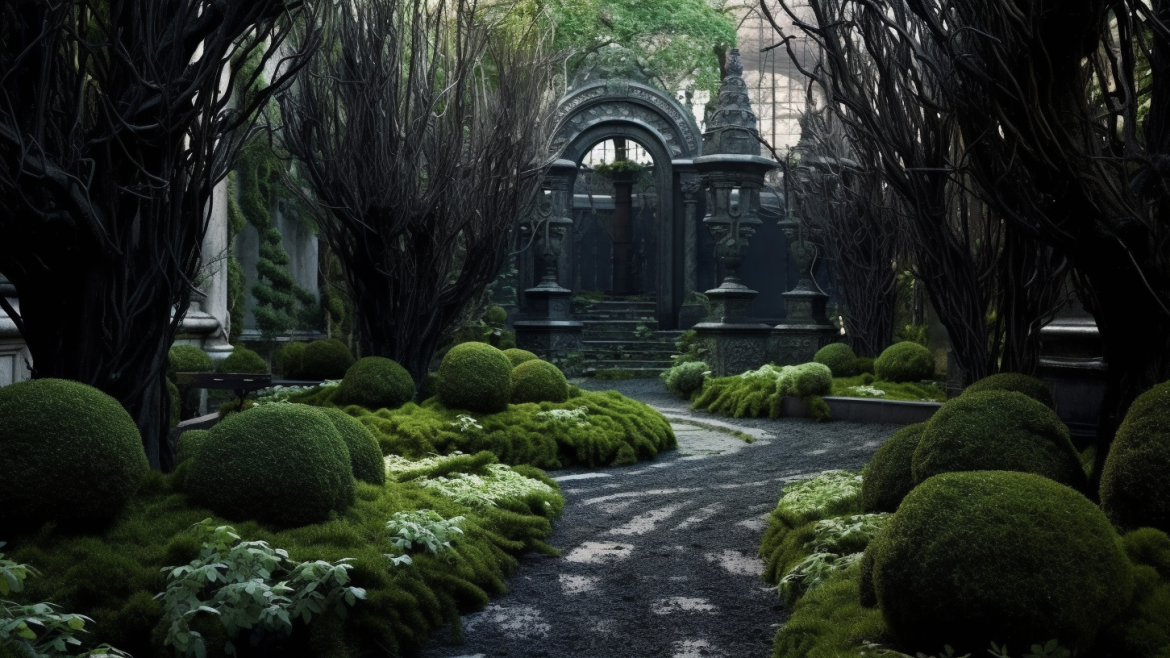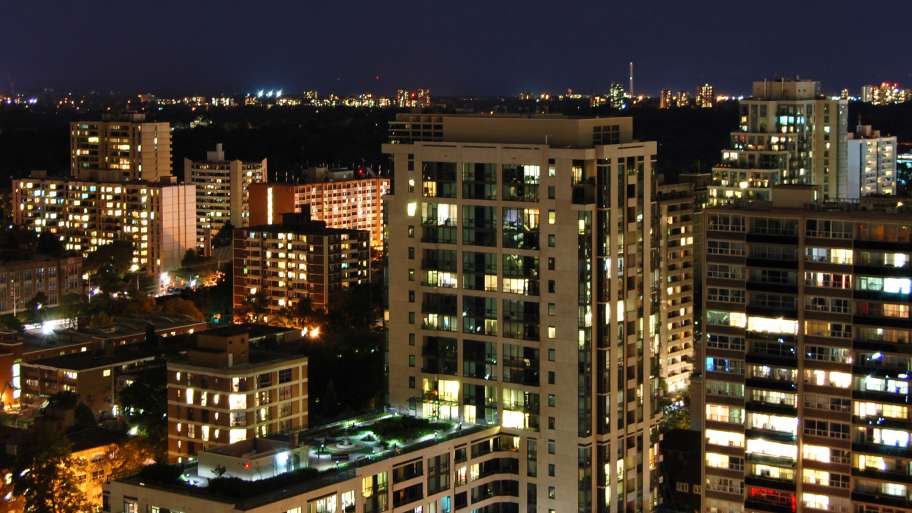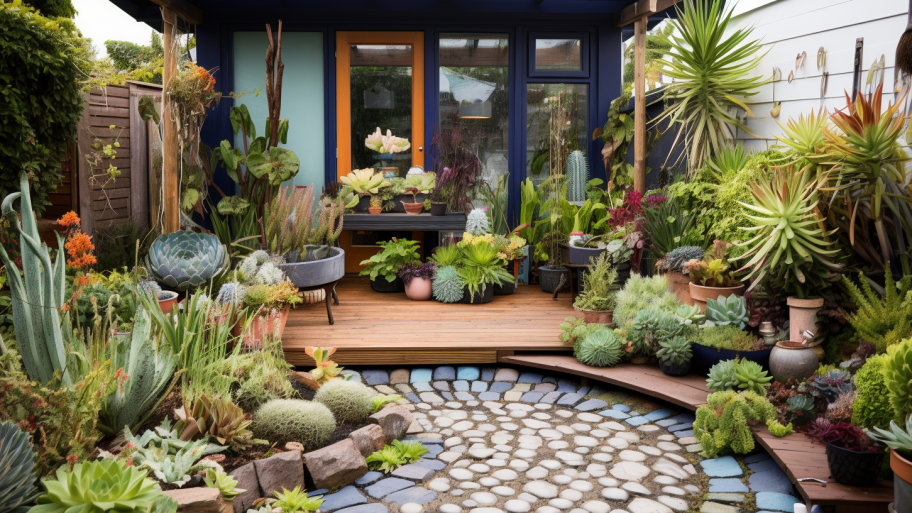Welcome, seekers of the mysterious and otherworldly! Are you ready to embark on a journey into the realm of haunted gardens? In this article, we’ll introduce you to the world of gothic flora, offering inspiration and guidance on selecting plants that will infuse your garden with an eerie, mystical ambiance. From dark, dramatic foliage to unearthly blooms, these gothic plants will transform your outdoor space into a captivating, haunted haven.
Dark and Dramatic Foliage: Choosing Gothic Plants
The foundation of any haunted garden lies in its selection of gothic plants. These plants possess striking, dark foliage that adds depth, contrast, and an air of mystery to your garden.
- Black mondo grass (Ophiopogon planiscapus ‘Nigrescens’): This unique grass features inky black leaves that create a striking contrast against lighter plants. It’s perfect for edging pathways or adding a touch of darkness to your flower beds.
- Purple smoke bush (Cotinus coggygria ‘Royal Purple’): This large, deciduous shrub boasts deep purple foliage that transitions to a smoky, plume-like haze as its flowers bloom. Its dramatic appearance makes it a perfect focal point for your haunted garden.
- Black lace elderberry (Sambucus nigra ‘Black Lace’): With its finely cut, almost-black foliage, this plant brings an air of Victorian elegance to your garden. Its delicate appearance is complemented by fragrant pink flowers that bloom in early summer.
As you select your gothic plants, consider their growth habits, sun and soil preferences, and compatibility with your local climate. This will ensure that your plants thrive and contribute to the overall health and beauty of your haunted garden.
Unearthly Blooms: Enchanting Flowers for a Haunted Garden
No haunted garden would be complete without a selection of enchanting, otherworldly flowers. These blooms bring a touch of ethereal beauty to your garden, evoking a sense of mystery and wonder.
- Ghostly Japanese anemones (Anemone hupehensis ‘Honorine Jobert’): These elegant, white flowers feature a glowing, ghostly quality that seems to float above the foliage. Their late summer to early fall bloom time adds a touch of spectral beauty to your garden as the days grow shorter.
- Dark hellebores (Helleborus x hybridus): Often referred to as the “Lenten rose,” these mysterious flowers bloom in late winter to early spring. Their nodding, cup-shaped flowers are available in various shades, including deep, almost-black purples that create a moody atmosphere in your haunted garden.
- Black calla lilies (Zantedeschia ‘Edge of Night’): With their velvety black flowers and dramatic, arrow-shaped foliage, black calla lilies add an air of sophistication and intrigue to your garden. Their exotic, sculptural appearance makes them an eye-catching addition to your haunted haven.
As you choose your unearthly blooms, consider their blooming seasons, color palettes, and preferred growing conditions. This will help you create a cohesive, enchanting garden that captures the spirit of the haunted garden aesthetic.
As you venture forth into the realm of haunted gardens, remember that selecting the right gothic flora is just the beginning. In our next article, “Designing Your Haunted Garden: Elements of Mystery and Intrigue,” we’ll delve deeper into the world of haunted garden design, exploring the layout and features that will imbue your outdoor space with an atmosphere of mystery and wonder. Are you prepared to take your garden to new, otherworldly heights? Let the haunted garden adventure continue!




